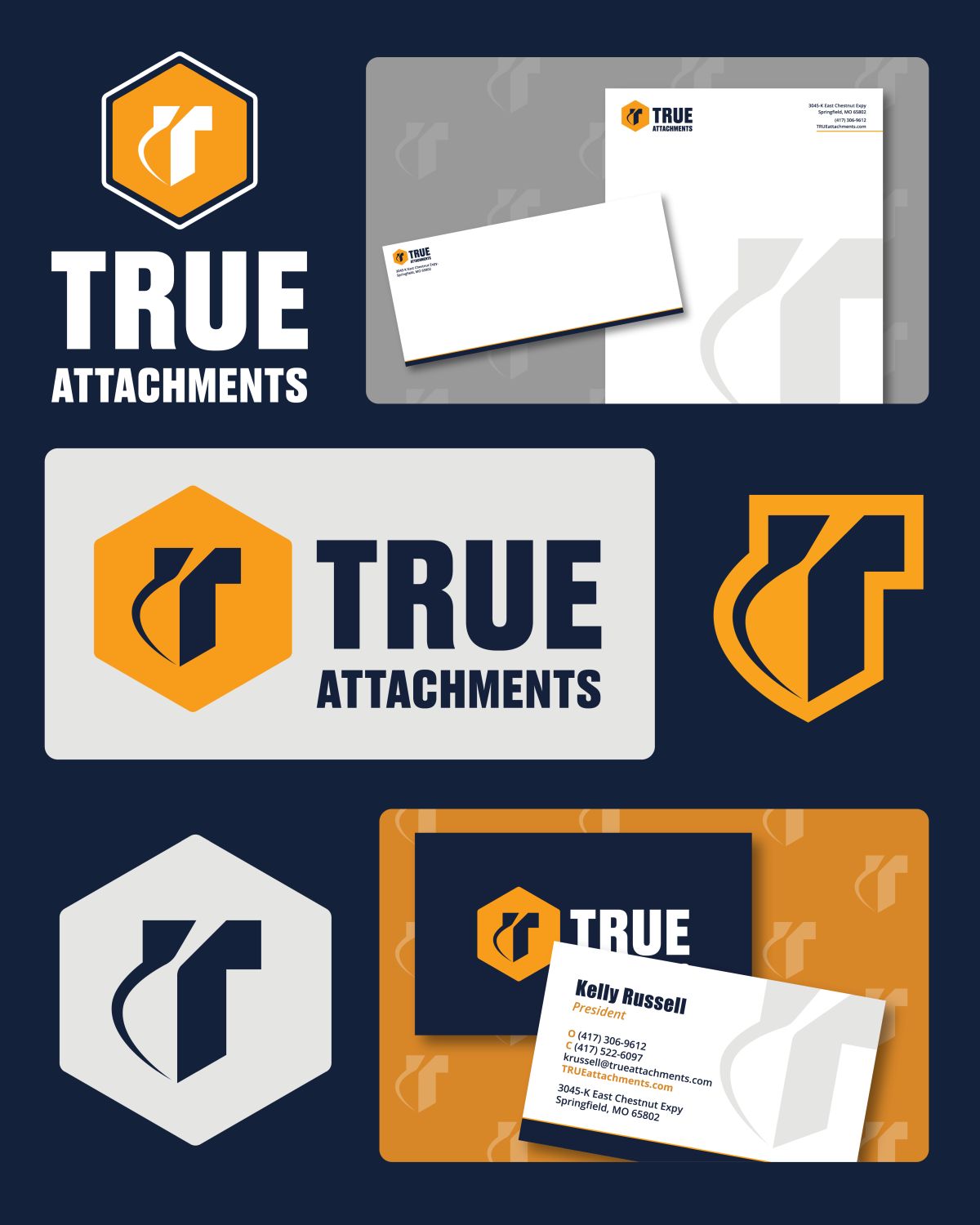Why Every Business Needs A Brand Guide
When it comes to building a strong and consistent brand, few tools are as essential as a brand guide. But what exactly is it, and why should every business have one? This week, we sat down with Jenna, our Lead Graphic Designer, to talk about the importance of brand guides and how they help keep brands looking polished, professional, and instantly recognizable.

What Is A Brand Guide?
At its core, a brand guide is a document that defines the visual identity of a business. “A brand guide contains all of the assets related to your brand,” Jenna explains. “It includes your logos and their variations, your color palette, typography, basically all of your fonts and how they should be used, plus any patterns, textures, or social media guidelines.”
Think of it as the playbook for your brand. Whether you’re bringing on a new employee or working with an outside vendor, your brand guide provides a clear roadmap for how your brand should look and feel in every context. “It gives them a good understanding of your brand standards and how you present yourself out in the marketplace,” Jenna says.
Keeping Things Consistent Across Every Touchpoint
Consistency is one of the most powerful, and often overlooked, elements of a strong brand. “A brand guide acts as a blueprint for how to use all of your different assets,” Jenna explains. “It helps make sure your logos are consistent in size, your colors are used correctly, and your social templates align visually with your print materials.”
That level of consistency builds trust and recognition. “Any customer or potential client that comes into contact with your brand should get the same sense and feeling from it, no matter where they’re seeing you.”
Why Designers Love Brand Guides
From a designer’s perspective, brand guides aren’t just helpful, they’re essential. “Having a brand guide gives a really good jumping-off point for any new project,” Jenna says. “With consistent colors, patterns, and layout styles in place, it’s easy to dive into design work and still maintain a cohesive look across everything.”
It also keeps creative teams aligned as brands evolve. Designers can adapt and expand on the guide while staying true to the brand’s visual identity.
Client Example: Building TRUE Attachment's Brand
We recently created an expanded brand guide for our client, TRUE Attachments, a company that sells excavator attachments. Jenna shares, “We built their brand from a very simple logo and expanded it into patterns, color palettes, and a full visual system,”.
Because of that strong foundation, MINT has been able to create everything from social media graphics and brochures to trade show displays and branded merchandise, all of which feel cohesive. “Seeing their team represent the brand consistently, across every channel, has really strengthened their identity from the inside out.”
What Happens Without A Brand Guide
When businesses skip the step of developing a brand guide, problems quickly follow. “It leads to inconsistency and confusion for consumers,” Jenna explains. “When people see a brand, they expect it to give them the same feeling every time. If they see different colors or fonts, it can make them second-guess whether you’re a serious company.”
Simply put, a strong brand guide is an investment in professionalism. “It’s an investment in yourself that helps your clients feel more confident investing in you.”
Jenna's Advice For Businesses Building Their First Guide
For businesses just getting started, Jenna recommends focusing on the basics first. “Nail down your logos, color palette, and fonts as your foundation,” she says. “Once you have that, you can build out other assets. Putting in that initial work makes everything else, from marketing to design, more streamlined and effective.”
How MINT Can Help
At MINT, every brand guide project starts with understanding the business at its core. “We work with businesses that have established brands and with those starting from scratch,” Jenna says. “We help narrow in on your vision and values and create the visual assets that best represent your business.”
Whether you’re refining your brand identity or creating one from the ground up, a strong brand guide ensures that your message and visuals stay consistent, and unmistakably you.